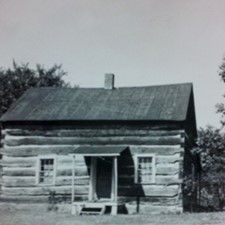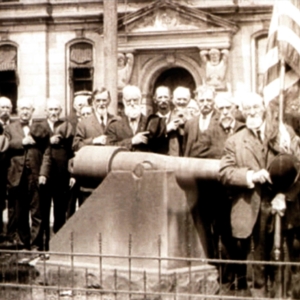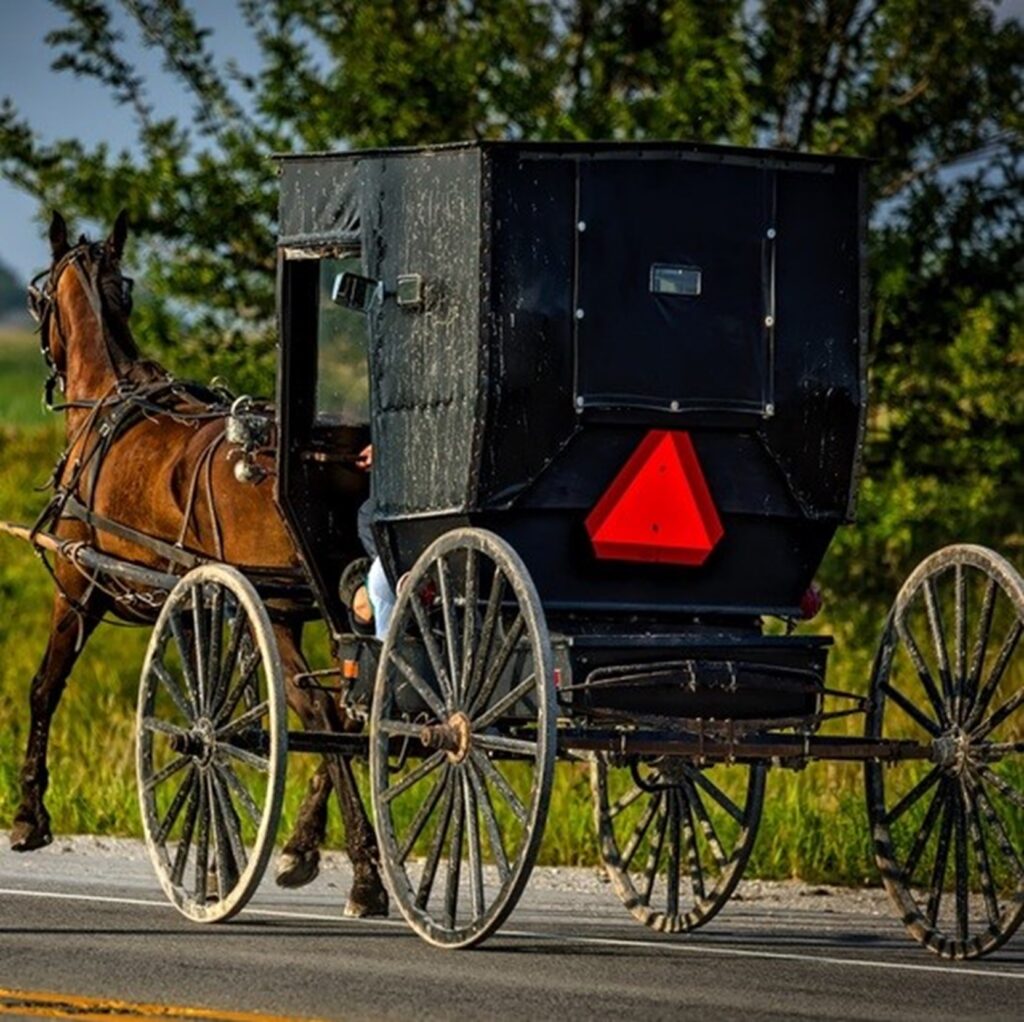The Underground Railroad in Wayne County
Beginning early in the 1800’s, those sympathetic to the slaves’ plight set up a system of safe houses, following a series of different routes leading both north to Canada and south to Mexico. While it is impossible to say how many escaped to freedom, estimates indicate 1,000 to 5,000 slaves escaped annually. The exact number of liberated slaves is hard to guess because both abolitionists and slave owners benefitted from exaggerating these numbers. Slaveholders used these numbers as evidence of a “northern conspiracy to undermine the particular institution,” says Pulitzer Prize winning author and historian Eric Foner. Abolitionists fighting for slaves’ rights advertised magnified numbers to demonstrate the black desire for freedom and to validate their own efforts.
The Temperance Movement in Wooster
The American Temperance Movement lasted from the early nineteenth century up to the repeal of prohibition in 1933. Religiously and politically motivated, the movement was led by Protestant Anglo-American men and women who wanted to bring reform to the nation that they perceived as being in a state of moral decay. Temperance efforts often focused on German, Irish, and Italian immigrants who came from countries where alcohol consumption was a part of culture and daily life.
Secret Societies
Just a few years after the town’s foundation, men and women with similar goals and values have gathered together in groups with passwords and rituals. Within these groups, members found entertainment, insurance, and community. Historians have generally referred to these groups as secret societies, although some also refer to them as benevolent or fraternal organizations. These societies have developed alongside Wooster and contributed to the community since their foundations. The meeting times of these organizations were often posted in the newspaper and they would meet in public buildings; however, many members took care to guard their secrets. While most view these societies as benevolent, they have received their fair share of criticism over the years. However, most secret societies overcame this criticism and became an integral part of Wooster.
The 1871 Murder of John Tormie
The 1879 murder of John Tormie was considered to be the “bloodiest murder in Wayne County’s history.” This tragedy might not be well known today, but it did spark a public outcry from Wooster citizens and had lasting effects in the city.
Not a Yesterday’s People: The Transformation of Amish Agriculture in the Wayne – Holmes Settlement
The Amish have always been an intriguing people. Americans’ fascinations with the Amish has influenced their culture to be popularly depicted as plainly dressed, horse and buggy driving people who shun modern conveniences like electricity and formal education. To modern Americans, the Amish resemble the memory of a bygone era. However, despite all predictions of their demise at the dawn of the twenty first century, the Amish are still very much alive and thriving. In the context of major shifts in American agricultural landscape, the Amish have emerged as a people who have successfully wrestled with the forces of progress, staying at the cutting edge of agriculture but still within their religious parameters.






